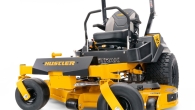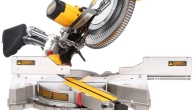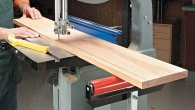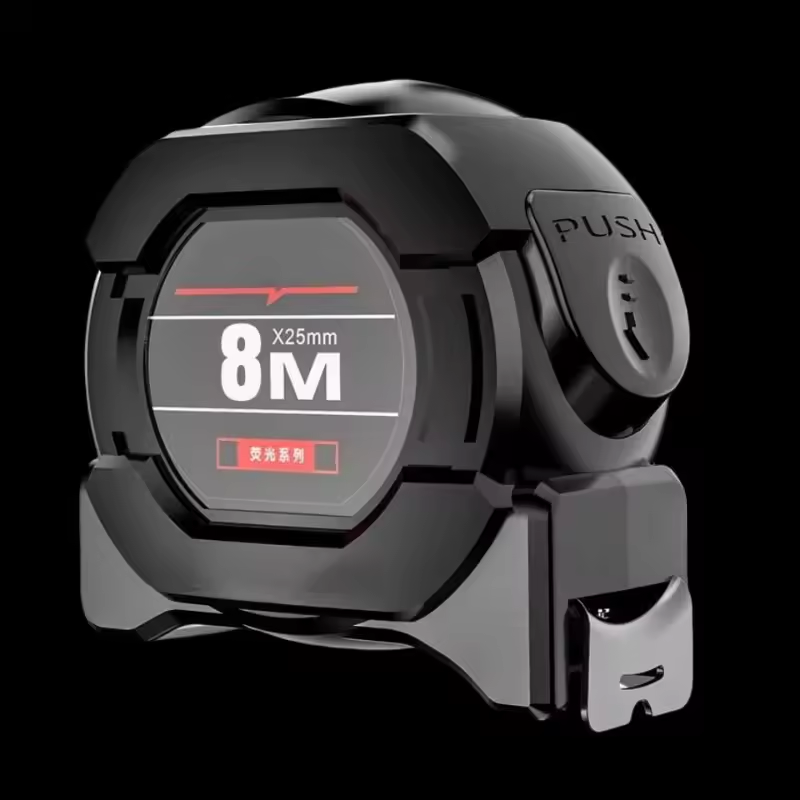
Radial Arm Saw vs Miter Saw: Deciding Which Cuts the Mustard
For aspiring and seasoned woodworkers alike, choosing the right saw is crucial. Two powerhouses in the workshop are the radial arm saw and the miter saw. While both excel at making precise cuts, their strengths and weaknesses differ. This comprehensive guide will dissect radial arm saws versus miter saws, helping you select the perfect tool for your projects.
Introducing the Radial Arm Saw: A Multi-talented Powerhouse
The radial arm saw boasts a muscular arm that glides a circular saw blade across the workpiece. This allows for a vast array of cuts, including:
- Crosscuts: Perfect for chopping boards to length.
- Rip cuts: Ideal for creating long, straight cuts along the wood grain.
- Angled cuts: The arm can be tilted to make precise miter cuts and bevel cuts for angled joints.
- Dado cuts: With a dado blade installed, the radial arm saw excels at creating wide grooves for shelves and joinery.
Advantages of a Radial Arm Saw
- Versatility: A single radial arm saw tackles multiple cutting tasks, potentially replacing several dedicated saws.
- Cutting capacity: Many radial arm saws boast impressive cutting depths and widths, allowing you to handle thicker and wider materials.
- Small part safety: The radial arm saw allows you to secure small pieces for cutting, enhancing safety compared to a miter saw.
Disadvantages of a Radial Arm Saw
- Learning curve: Setting up and making precise cuts with a radial arm saw requires practice due to the multiple adjustments needed.
- Space requirements: These saws are substantial and demand a dedicated workstation for safe and efficient operation.
- Portability: Due to their size and weight, radial arm saws are not ideal for workshops with limited space or those who need a portable saw for on-site jobs.
- Dust collection: Effectively collecting sawdust requires a robust dust collection system due to the saw’s various cutting functions.

The Miter Saw: Master of Precise Cuts
The miter saw, also known as a compound miter saw, features a stationary blade and a rotating table that holds the workpiece. It shines in making precise:
- Crosscuts: Ideal for repeatable cuts to length.
- Miter cuts: The table effortlessly angles for creating angled joints.
- Bevel cuts: Many miter saws offer a tilting head for angled cuts that run along the thickness of the material.
- Compound cuts: Some miter saws combine bevel and miter angles for intricate joinery.
Advantages of a Miter Saw
- Ease of use: Setting up and making cuts with a miter saw is generally faster and simpler compared to a radial arm saw.
- Precision: Miter saws are renowned for their accuracy, particularly for repetitive cuts at specific angles.
- Portability: Their compact size makes them ideal for smaller workshops or those who need a saw for occasional on-site work.
- Dust collection: Miter saws typically have built-in dust collection ports for easier dust management.
Disadvantages of a Miter Saw
- Limited cutting capacity: Miter saws generally have shallower cutting depths and widths compared to radial arm saws.
- Versatility: While some miter saws offer bevel and compound cuts, they may not replace the diverse functionality of a radial arm saw.
- Small part safety: Securing small pieces of wood for cutting on a miter saw can be trickier, requiring extra caution.

Choosing Between Radial Arm and Miter Saw: Consider These Factors
- Your Projects: If your projects involve a variety of cuts, including rip cuts, dadoes, and angled cuts on wider materials, a radial arm saw might be the better choice. If your focus is on repetitive, precise crosscuts and miters on smaller to medium-sized pieces, a miter saw excels.
- Workshop Space: For limited workshop space, a miter saw’s compact size reigns supreme. If you have ample space and require a more versatile saw, a radial arm saw is a good option.
- Budget: Both saws range in price depending on features and quality. However, miter saws are generally more affordable than radial arm saws.
- Experience Level: For beginners, a miter saw’s ease of use makes it a good starting point. However, experienced woodworkers can appreciate the versatility of a radial arm saw once they master its operation.

Beyond the Basics: Additional Considerations
- Features: Look for features that enhance your workflow, such as laser guides for improved cutting accuracy on both saws.
- Safety: Always prioritize safety by using proper personal protective equipment and following safe operating procedures.
- Brand reputation: Research reputable brands known for quality and reliable customer service.

Making the Final Cut
Ultimately, the best saw depends on your specific needs and preferences. Here’s a quick recap to help you decide:
- For versatility and cutting a wider range of materials, including thick and wide pieces, choose a radial arm saw.
- For ease of use, precise cuts on smaller to medium-sized pieces, and portability, choose a miter saw.

Applications: Explore the various applications of radial arm saws and miter saws
Having explored the core differences between radial arm saws and miter saws, let’s delve into how these tools shine in various woodworking applications:
Radial Arm Saw: A Workhorse for Diverse Projects
- Framing: With its ability to make long rip cuts and bevel cuts, a radial arm saw efficiently tackles lumber for wall studs, rafters, and floor joists.
- Trim Work: Precise miter cuts are essential for crafting crown molding, window and door casings, and other intricate trim pieces. The radial arm saw’s adjustable arm angles these cuts with ease.
- Furniture Making: This saw’s ability to handle thicker materials and make various cuts allows for creating sturdy furniture components like legs, table tops, and carcases.
- Cabinetry: Similar to furniture making, radial arm saws are well-suited for crafting cabinet parts, including dados for shelf supports and angled cuts for corner cabinets.
Miter Saw: Champion of Precise Cuts
- Framing: While not its primary strength, a miter saw can assist with precise repetitive cuts for framing components like header boards and jack studs.
- Trim Work: This is where the miter saw truly excels. Its ease of use and accuracy are perfect for repeatable miter cuts on various sized trim pieces, ensuring seamless joints.
- Furniture Making: Miter saws precisely cut parts for furniture builds, particularly for angled cuts on legs, braces, and frames.
- Cabinetry: Creating accurate mitered corners for cabinet frames and boxes is a breeze with a miter saw. Additionally, some compound miter saws can assist with angled cuts for cabinet door joinery.
Choosing the Right Tool for the Job
Remember, the ideal saw depends on the project’s specific needs.
- For rough cuts, ripping lumber, and intricate angled cuts on larger materials, a radial arm saw reigns supreme.
- For precise, repetitive cuts on smaller to medium-sized pieces, particularly for trim work and cabinetry, a miter saw is the go-to choice.
By understanding these applications and how each saw complements different tasks, you’ll be equipped to select the perfect tool for bringing your woodworking visions to life.
Why Not Both?
For woodworkers with ample space and budget, having both a radial arm saw and a miter saw in their arsenal offers the ultimate in cutting capabilities. The radial arm saw tackles those heavy-duty cuts and ripping tasks, while the miter saw shines for quick, precise crosscuts and miters.
No matter which saw you choose, remember to prioritize safety by using proper personal protective equipment and following safe operating procedures. With the right saw and a commitment to safety, you’ll be making impressive cuts on your woodworking projects in no time.












Leave a Reply